10 Different Types of Soil and Their Uses in India
टेबल ऑफ कंटेंट
The most important resource for farming is the soil because it is where seeds are planted and crops grow. As India has diverse climatic, environmental, and geographic conditions, the types of soil in India are many.
In this post, we talk about soil types and their significance in farming. So, stay tuned.
What is Soil?
Soil is the topmost layer of the earth’s crust where weathered particles of rocks have embedded themselves. Soils can be defined as the mixture of small rocks or particles having organic materials like hummus which develop on the earth’s surface and support the existence of plants.
The soil is composed of different components namely 5 percent of organic matter, 45 percent of minerals, 20 to 30 percent of different glasses, and 20 to 30 percent of water. The quantity of these components decides the types of soil. For instance, soil with high water content is known as loamy soil.
Let’s understand these components in detail.
1. Inorganic Material
Inorganic material is mainly the minerals that soil derives from the parental rock due to the continued weathering process. Minerals like calcium carbonate, silica, and quartz are commonly found inorganic materials in the soils. Colour soil indicates the presence of iron and phosphorus minerals in the soil.
2. Organic Matter
Organic matter is only found in trace concentrations in the soil. Organic matter is the decomposed and decayed plants and animals that get mixed with the soils over the years. Organic matter is classified into three kinds depending on the level of decomposition:
-
Completely decomposed organic matter
-
Partially decomposed organic matter
-
Undecomposed organic matter
With the help of organic matter, soil has binded particles and have pores that further supports better areartion. Soil rich in organic matter will have better drainage and water infiltration properties.
3. Gaseous Components
Differnt types of soils in India also have gases like nitrogen and oxygen in them. These gases are filled in air pores of the soil. These pores are fixed by microgranism.
4. Water
The minerals and nutrients in the water are dissolved by the soil and transported to various areas of the plants. These are necessary for the plant's growth and development.
What is the Importance of Soil?
All types of soils in India are a critical component of the Earth's ecosystem. Soil covers a large part of earth’s surface and it is important for various activities like farming, plantation, and maintaining a healthy ecosystem.
Below, we have mentioned some important ways that different types of soils help humans.
-
Soil provides support to plants, crops, trees, and all sorts of vegetation. Plants' roots are anchored in the soils and they provide essential growth elements.
-
The level of fertility of the soil has a great role to play in the plants’ growth. Nutrient soils encourage better and faster plant growth.
-
Soil helps in maintaining the biodiversity-ecosystem because it is the home of many fungi, bacteria, and microorganisms.
-
It is a natural water filter and helps in regulating water flow. Soil health contribute to groundwater recharge and maintain water quality.
-
Soil works like a carbon sink and absorbs a great amount of environmental carbon. This way, it helps in maintaining a healthy environment for human beings.
-
It acts as a foundation for construction work. All the buildings and infrastructure are built because of the soil only.
Different Types of Soil in India

India is a land of diversity. From languages to soil, we can see a lot of variety in everything. Because of different types of climatic conditions, there are many types of soils in India. Below, we list the most common soil types in India for your reference.
1. Sandy Soil

Sandy soil is light, warm, and dry, with an acidic pH and poor nutrient content. Sandy soils are commonly referred to as "light soils" due to their high sand content and lack of clay (clay weighs more than sand).
These soils are easy to work with and have good water drainage. They warm up faster than clay soils, but they dry out faster in the summer and have minimal nutrients that are carried away by rain.
This type of soil are more prone to drought because of their rapid drainage. They don't retain water well. Hence, they are suitable for drought-resistant plants.
2. Clayey Soil

Clay soil is a dense soil that benefits from a lot of nutrients. This type of soil in India includes more than 25% clay. The gaps between clay particles are less and it has a compacted structure. This is why clay soils hold a lot of water and have poor drainage ability.
Clayey soil warms up more slowly in the spring compared to sandy soil. But, this is a nutrient-rich soil with great fertility.
3. Alluvial Soil

Alluvial soil in India is formed from the deposition of sediments carried by rivers and streams. It is found near rivers or floodplain areas.
This type of soil is made up from sand, silt, and clay. Alluvial soil in India is highly fertile because of the presence of minerals and nutrients. The color of the alluvial soils varies from light gray to ash gray. Its texture varies from sandy to loamy and it has great water retention properties.
4. Silt Soil

Silt Soil has a high fertility rating and is light and moisture-retentive. Silt soils are well-drained and retain moisture because they are made up of medium-sized particles.
Because the particles are so small, they can readily be compacted and washed away by rain. The silt particles can be bonded into more stable clumps by adding organic materials.
5. Red and Yellow Soil

Next in our list of different types of soil in India is red and yellow soil. It is an iron-rich soil. The red color of this soil is because of high iron-oxide content only. The hint of yellow in red and yellow soil in India is because of the dehydrated iron oxide.
This is a well-drained soil and is formed because of the degradation of crystalline rocks such as schist, gneiss, and granite. It is less fertile than alluvial soil in India.
Red and yellow soil in India is found in regions of low rainfall and southern Deccan plateaus.
6. Peat Soil

Peat soil is also known as peaty soil or simply peat. This type of soil has a lot of organic content and holds a lot of moisture. It is commonly found in the coastal areas of Kerala and some parts of the Northeast.
Peat-like soils in India are typically formed in waterlogged and low-lying areas with poor drainage. It is a dark-coloured soil because of its high organic matter presence.
7. Chalk Soil

Chalk soil can be light or heavy, but due to the calcium carbonate (lime) in its structure, it is always extremely alkaline. These alkaline soils will not support the growth of ericaceous plants, which need acidic soils to thrive.
8. Black Soil

Black soil in India is also known as regur soil. The soil gets its black color because of the high clay content. Black soil is commonly found in the Deccan Plateau regions in states like Maharashtra, Madhya Pradesh, Chhattisgarh, and Gujarat.
This is also known as black cotton soil because it's mainly used for cotton cultivation. This type of soil has a very unique grainy texture. It can hold moisture for a long time. Nutrients like calcium, lime, and potassium are found in high quantities in this soil of India.
It is formed because of the weathering of basaltic rocks. These types of soils tend to form deep cracks when it dries. This is why proper water management is crucial for black soil in India.
9. Loam Soil

Loam soil is made up of a blend of sand, silt, and clay that has been blended to minimize the detrimental impacts of each type. These types of soils in India are rich in nutrients, are easy to work with and drain well.
They might be sandy or clay loam depending on their major makeup. The soils are a gardener's best friend since they have the correct balance of soil particles, but they still need to be supplemented with organic matter.
10. Mountain Soil

Mountain soils in India are mainly found in hilly areas. This type of soil in India varies because of the topography and climatic conditions in different mountain ranges. The Himalayan region, Western Ghats, Eastern Ghats, and other mountainous areas contribute to the formation of various types of mountain soils.
The mountain soil found in the Himalayan region is alluvial in the foothills and brown soil in the hill-up area.
These types of soils are generally rich in organic matter and have a good nutrient profile. The mountain soil found in the Western Ghat region is a mix of laterite soils and red soils. The mountain soil of the Eastern Ghat region is also a mix of red soil in India and laterite soils, just like the soil of the Western Ghats.
Mountain soil is vulnerable to landslides and erosion due to steep slopes on mountains.
Quick Links
Uses of Different Types of Soil
As we learned from the above text, different types of soil exist in India. Each soil has unique characteristics and composition. Because of this fact, these different types of soil in India are used for different purposes and crop cultivation.
Let’s understand the use of different types of soil in India.
Sandy Soil
Sandy soil has a very coarse texture and it has high drainage capacity and it is useful for many activities.
-
Plants like cacti, succulents, and certain herbs are cultivated using sandy soil.
-
It is used in plant containers to improve drainage and aeration.
-
It is also used to make bricks and concrete.
-
Sandy soils are commonly used as a base for sports fields and playgrounds.
Clayey Soil
Clayey soil has water content and a smooth texture. It is also useful for many farming and non-farming activities.
-
Because this soil is very fertile, it is suitable for the cultivation of a variety of crops, including rice, wheat, and certain vegetables.
-
It is also used in making pots and ceramics.
-
It is also used as a liner for ponds and water reservoirs.
Alluvial Soil
Alluvial soil in India is useful for many types of activities.
-
For land-based farming, alluvial soil in India is used for the cultivation of crops like wheat, sugar cane, and cotton.
-
This type of soil is perfect for aquaculture. You can start fish farming and shrimp cultivation with the help of this soil.
-
You can use alluvial soil in India for making ceramic pots and tiles.
Silt Soil
Silt soil with its fine particles is useful for:
-
The cultivation of cereals, pulses, oilseeds, and certain vegetables.
-
Brick making in combination with other types of soils.
-
Land reclamation projects to improve the fertility of barren soil.
-
Riverbank erosion control.
Red and Yellow Soil
Red and yellow soils are often used for:
-
Agriculture and cultivation
-
Plantations of cashews and groundnuts
-
Tea and coffee plantations
-
For making construction materials like bricks and titles
-
Constructing dams and bridges
Peat Soil
The use of peat soil can have various applications.
-
It’s commonly used for preparing horticultural mixes and potting soils.
-
It helps to improve soil structure and water retention abilities of other types of soils.
-
It is used as fuel in rural regions.
Chalk Soil
Chalk soil can have specific uses and applications such as:
-
Cultivation of alkaline crops and certain varieties of grapes.
-
Raw material for making lime
-
Natural water purification
Black Soil
Black soil is highly fertile and has several uses in India.
-
These types of soil are used for the cultivation of cotton, pulses, millets, and oilseeds.
-
It is also suitable for horticultural crops, including fruits and vegetables.
-
Farmers use various black soils to increase soil fertility.
Loam Soil
It is used for various farming and commercial activities.
-
A variety of crops, including vegetables, fruits, cereals, and legumes easily thrive in loam soil.
-
It is widely used in gardening and landscaping.
-
It is used to make adobe bricks or other earthen construction materials.
-
It is often used in containers, raised beds, or community gardens
Mountain Soil
Here are some general uses of mountain soil.
-
These types of soil are useful for terrace farming.
-
It supports the cultivation of traditional crops like wheat, millet, and potatoes.
-
Mountain soil is also very suitable for horticulture. Fruits like Apples and cherries grow perfectly in this type of soil.
-
If you’re a farmer interested in silviculture then you can try using mountain soil.
Conclusion
Soil is the foundation of agriculture. India managed to become an agricultural hub of the world because of different types of soil. These different types of soils in India provide farmers with an opportunity to grow various varieties of crops, fruits, and vegetables.
In this post, we explained many important aspects of soil like what is soil, the different types of soil in India, and what is the use of soil. We hope that this information will help you understand the soil in your region and use it according to its qualities and characteristics.
If you want to know more about farming, keep on reading at TractorGyan. We have a lot of useful information for you.
कैटेगरी
और ब्लॉग पढ़ें
19th December 2023: VST Tillers Tractors Ltd, one of India’s leading farm equipment manufacturers, showcased its range of innovative products at the KISAN Agri Show 2023 in Pune. VST displayed its tractors ranging from 18 HP to 50 HP including the VST...
Ash gourd or safed petha is named 'Kushmanda' in Sanskrit. It has great medical value and can help people to treat many health concerns. It’s a common food item in Indian and Chinese cuisine and is also known as winter melon, wax...
Farmtrac Tractor is one of those tractor manufacturers who create tractors by keeping farmer's needs in mind. Farmtrac 45 Powermaxx is one such model. It’s practical, useful, advanced, and many other things.
But, it’s important to review every bit of this tractor before...
इसके बारे में अपनी टिप्पणी लिखें 10 Different Types of Soil and Their Uses in India
.webp&w=1920&q=75)
ट्रैक्टर और कृषि से जुड़े सबसे अधिक खोजे जाने वाले ब्लॉग्स
18 Dec 2025
18 Dec 2025
29 Jul 2025
08 Sep 2025
03 Jul 2025
30 Jul 2025
30 Jul 2025
30 Jul 2025
29 Jul 2025
30 Jul 2025
26 Dec 2025
31 Jul 2025
18 Dec 2025
26 Dec 2025








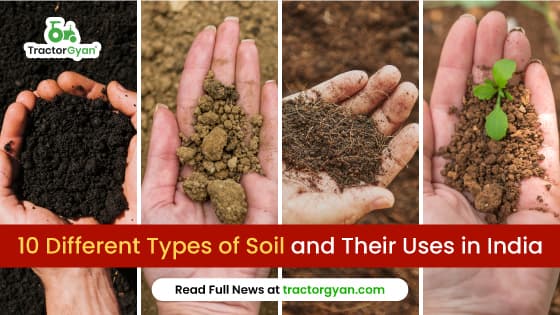











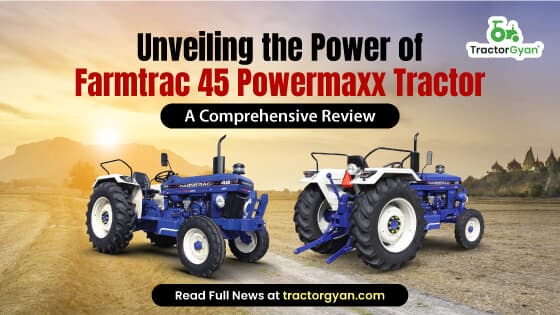
.webp&w=2048&q=75)
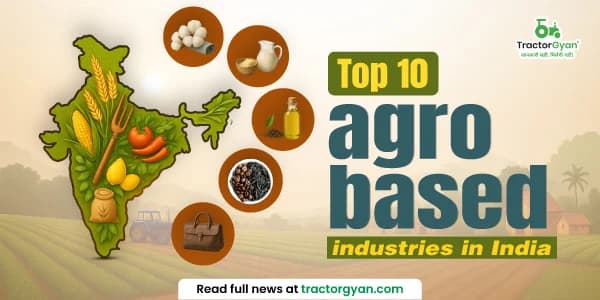



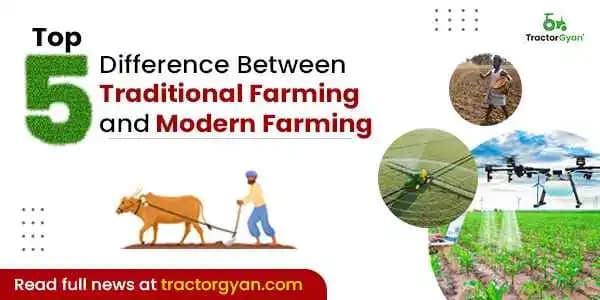
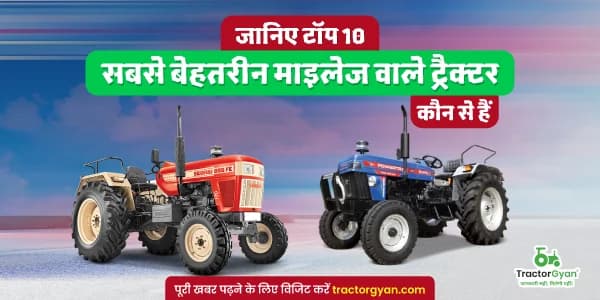
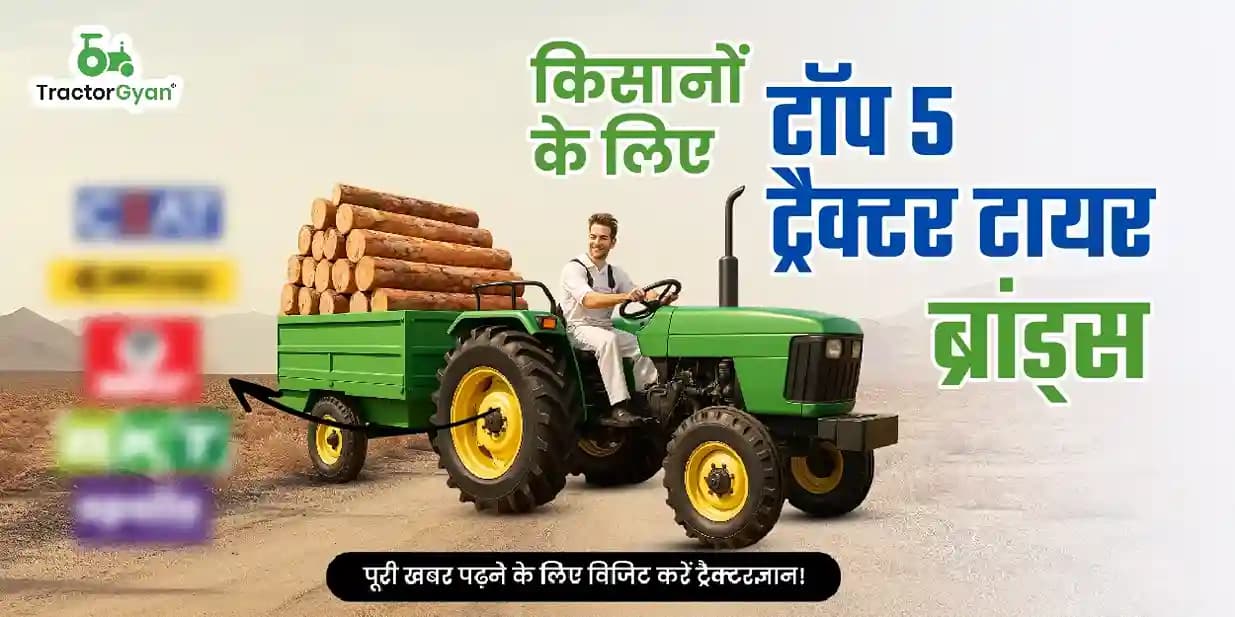


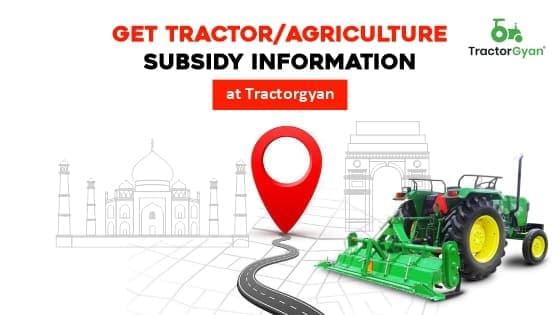
.webp&w=2048&q=75)
.webp&w=2048&q=75)







.webp&w=640&q=75)













